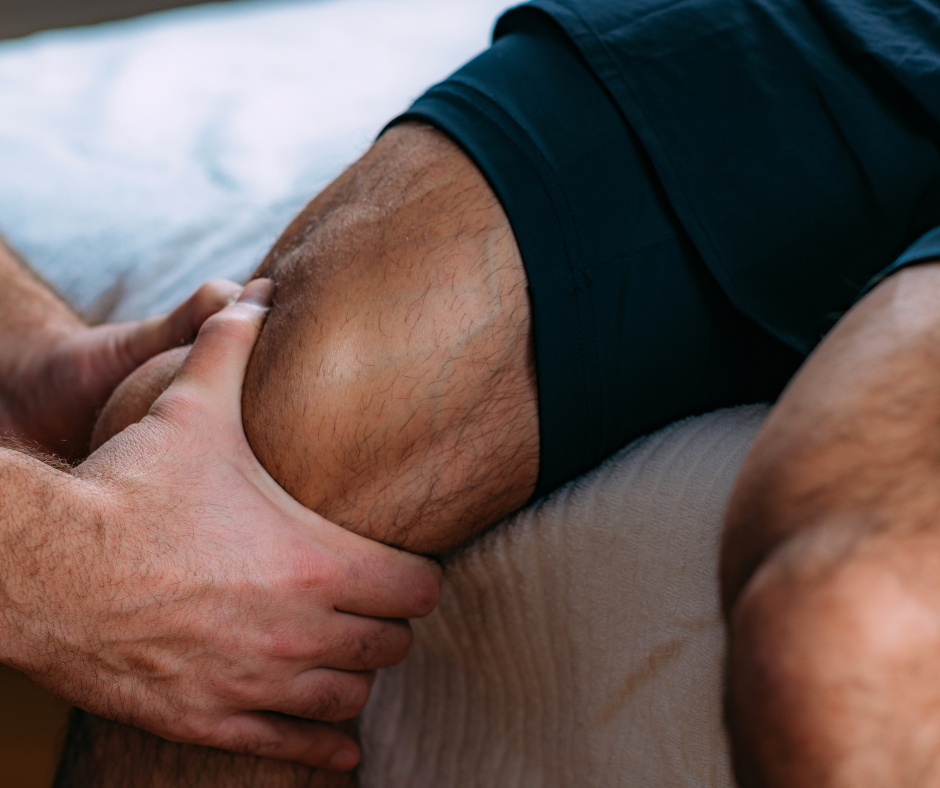What is a Baker’s Cyst?

A baker's cyst, also known as a popliteal bursitis or cyst, is a fluid-filled swelling that develops at the back of the knee joint (Brukner et al., 2017). It is a common condition that often occurs as a result of an underlying problem within the knee, such as arthritis or a knee injury.
The knee joint contains a small fluid-filled sac called a bursa, which helps to reduce friction between the tendons and bones around the joint (Järvinen et al., 2014). In a baker's cyst, this bursa becomes swollen and enlarged, creating a visible bulge at the back of the knee.
Baker's cysts are typically painless, but they can become painful if the cyst ruptures or if it grows large enough to put pressure on the nearby structures (Handy, 2001). Symptoms may include:
- A visible, painless swelling at the back of the knee
- Tightness or a feeling of fullness in the knee
- Occasional pain, especially with knee movement
- Stiffness in the knee joint
Baker's cysts are often associated with other knee problems, such as osteoarthritis, rheumatoid arthritis, or a tear in the meniscus (the cartilage that cushions the knee joint) (Chatzopoulos et al., 2008). Treating the underlying condition can often help to resolve the baker's cyst.
Treatment For a Baker's Cyst is Rarely Needed:
- Anti-inflammatory medication: To reduce swelling and pain
- Physical therapy: Exercises to improve knee strength and flexibility to help the underlying cause
In many cases, a baker's cyst will resolve on its own, particularly if the underlying knee problem is addressed
(Greaser & Alpert, 2001). However, it is important to seek medical attention if a baker's cyst is causing significant pain or discomfort, as it may require treatment to prevent further complications.



